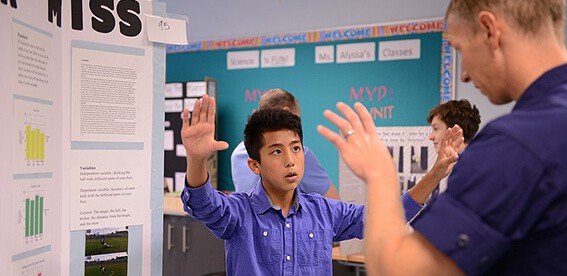U.S. immigrant children study more math and science in high school and college, which leads to their greater presence in STEM careers, according to new findings from scholars at Duke University and Stanford University.
“Most studies on the assimilation of immigrants focus on the language disadvantage of non-English-speaking immigrants,” said Marcos Rangel, assistant professor at Duke’s Sanford School of Public Policy. “We focus instead on the comparative strength certain immigrant children develop in numerical subjects, and how that leads to majoring in STEM subjects in college.”
About 20 percent of U.S.-born college students major in STEM subjects. Yet those numbers are much higher among immigrants — particularly among who arrive the U.S. after age 10, and who come from countries whose native languages are dissimilar to English, Rangel said. Within that group, 36 percent major in STEM subjects.
“Some children who immigrate to the U.S., particularly older children from a country where the main language is very dissimilar to English, quite rationally decide to build on skills they are relatively more comfortable with, such as math and science,” said Rangel.
Those older immigrant children take more math and science courses in high school, the authors found. Immigrant children arriving after age 10 earn approximately 20 percent more credits in math-intensive courses than they do in English-intensive courses.
This focus continues in college, where immigrant children are more likely to pursue science, technology, engineering and math majors. Those majors, in turn, lead to careers in STEM fields. Previous research has shown that immigrants are more highly represented in many STEM careers.
“Meaningful differences in skill accumulation … shape the consequent contributions of childhood immigrants to the educated labor force,” the authors write.


